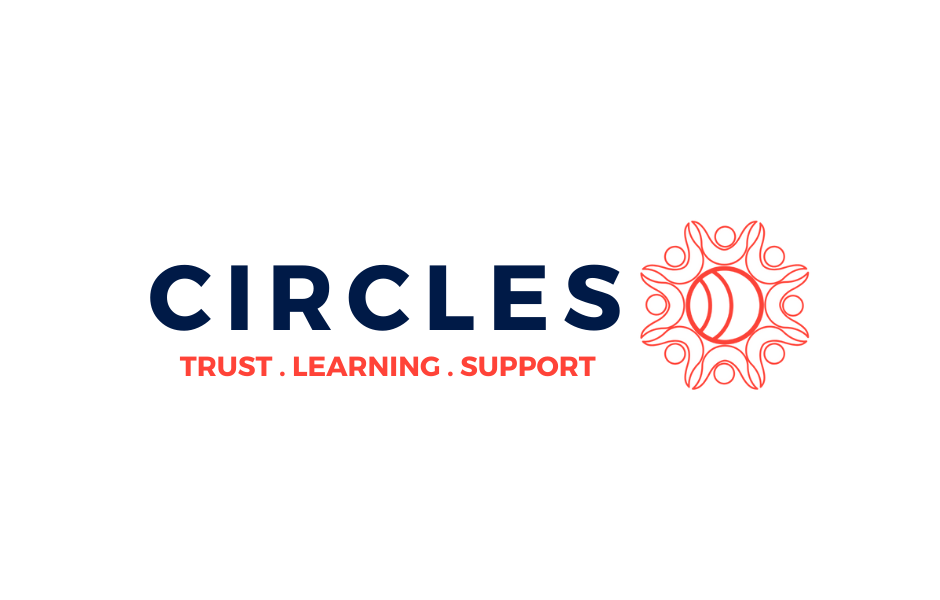Case Study: A Win for Rivers—Breaking through the Noise of the Pandemic
Amy Souers Kober
Vice President, Communications
American Rivers
Eric Boucher
Director of Online Strategy
American Rivers
Top-ten lists work, when it comes to capturing public attention. The question we had to answer was, can we still get our list to resonate in the middle of the biggest pandemic in a century?
For 35 years American Rivers has released our annual report, America’s Most Endangered Rivers®, spotlighting ten rivers that need urgent public action to protect their health. Journalists, decision makers and other conservation organizations anticipate the report’s release every April. It’s a “rite of spring” according to the Society of Environmental Journalists.
Every year, the report generates hundreds of news stories and scores of calls from the public to decision makers. The America’s Most Endangered Rivers campaign is a great tool for saving rivers, and it is a keystone of our brand, partnerships, visibility and effectiveness.
Enter the coronavirus pandemic.
By early March 2020 we had already gone through the nomination and selection process for the rivers. We’d conducted multiple planning calls with local partners. We were executing against an extensive communications plan and a demanding schedule. On March 13 we closed our headquarters in Washington, DC and our offices around the country and started working from home. We began adjusting to the new normal.
We knew our issue – healthy rivers – was still important, and threats to rivers weren’t going away because there was a pandemic (in fact, the Trump administration was continuing to roll back clean water protections). But as coronavirus coverage saturated the news, we struggled to see how a river story could break through. As the economy nosedived, news organizations lost ad revenue and many journalists were furloughed.
Some local partners reached out and asked if we were going to cancel the release of the report. They shared valid concerns. Would raising the alarm about rivers right now, while people were dying from this awful virus, appear tone deaf? Some of our partners told us they needed to step back – the stresses of the pandemic forced them to turn their attention to other more pressing community health needs. They wouldn’t be able to play an active role in the media outreach and advocacy associated with the report release.
We considered our options, including postponing the release. But the question remained: postpone until when? We were in the midst of so much uncertainty, that the strongest position was to hold firm. We decided to stick with the original release date of April 14, but we knew we could no longer approach this as we had originally planned.
Updating our message and strategy
One thing we had on our side was the theme of the 2020 report: flooding and climate change. The top three rivers on the list – the upper Mississippi, lower Missouri and Big Sunflower – are all threatened by outdated approaches to managing floods. Climate change is making flooding more frequent and severe, and the Midwest experienced devastating flooding last year. As we prepared the 2020 report, experts announced their prediction that 23 states in the U.S. would experience moderate to major flooding this spring.
A flood can be a disaster in any year. But what if the flood happens in the middle of a pandemic, displacing people at a time when everyone is supposed to stay in their homes? How can you practice physical distancing and stay safe from the virus, while stacking sandbags in a crowd of neighbors, or taking refuge at a packed emergency shelter?
We knew we had to adapt our call to action to make the strongest impact and to help safeguard public health and safety. So, in addition to calling on decision makers to improve watershed management and give rivers room to flood safely, we urged the Army Corps of Engineers to implement contagion controls around flood fighting efforts. We used our platform to spotlight the colliding disasters of coronavirus and flooding, and we put public pressure on decision makers to act immediately.
We also updated our messaging to highlight the importance of safe, clean water for all. The pandemic brought a longstanding injustice to light: While health officials urge us to wash our hands frequently, the reality is that millions of people in both urban and rural areas of our country lack access to running water in their homes. When you don’t have access to clean water, it’s hard to practice basic hygiene, it’s hard to cook meals, and you’re forced to travel to buy bottled water or fill up your water tank. Most of the water Americans use for drinking, washing and bathing comes from rivers, so we refined our messages to connect the dots between clean water, rivers, and healthy communities.
In addition to updating our messaging, we had to adjust our strategy. In a typical year, we get hundreds of news hits on the report’s release day. We go big with everything on release day: press, social media, advocacy action alerts. Because of the pandemic, we had to work with our local partners to design more of a rolling release.
Some partners didn’t feel it was appropriate to blast out their action alert and put their decision maker in the hot seat during the height of the pandemic. We let local realities drive the strategy and timing for each river, and we accepted that plans had to remain fluid. Because Most Endangered Rivers is a year-long story, we could stretch it out. We wouldn’t rely solely on release day coverage – we’d look for opportunities to tell the story in the media, on social and with decision makers in the weeks and months to come. We knew we had to embrace creativity and flexibility.
With so much uncertainty around press, we doubled down on digital. We built on last year’s digital strategy, creating more video content and a more extensive social toolkit for our local partners – trying to reach people where they are. Up until the day of the release, we continued to evolve and revise the content for our web site and social, to ensure our message struck the right tone and met the moment appropriately.
Results and lessons learned
We expected a relatively quiet release on April 14, but we were wrong. It was one of our most successful Endangered Rivers releases ever. We got more media hits than last year, including high-profile stories in USA Today and the Chicago Tribune. Associated Press stories ran in the New York Times, Washington Post and scores of local and regional outlets nationwide.
On the digital side, we saw an increase in visitors to our web site – 5 percent growth in overall page views from last year, and a massive 675 percent increase in pages views of our “River of the Year” success story. And far more people took action and contacted decision makers through our site than they did with last year’s Endangered Rivers release – a 185 percent increase in actions for the #1 river and a 59 percent increase in actions for all of the rivers on the list.
Here are some of the lessons we took away from the experience:
Be relevant – Look at if and how your issue connects to broader public concerns. With the flooding threat compounded by the pandemic, and the high stakes around public health and access to clean water, we were able to craft messages and calls to action that contributed positively to public dialogue.
Modify your strategy – We shifted the focus from the release day and encouraged our partners to look for creative ways to tell their stories year-round. Some of our partners chose to postpone action alerts and aggressive media outreach. We were flexible with our timing and remained nimble as we continually evolved our messaging.
Support journalists – We need to support journalists who cover the issues that impact our health, our communities and our future. Reach out to reporters in advance. Understand their constraints and give them plenty of lead time. Provide advance materials.
Maximize in-house digital capacity – We created a microsite for the report to showcase the ten rivers, and we produced three in-house videos to maximize engagement on social media. We also created a customized social toolkit for each river that our partners could use to amplify the story on April 14 and beyond.
Strike the right tone – You can acknowledge a problem and also be action-oriented and hopeful. People want an opportunity for action. They appreciate positive vision. In difficult times, it’s more important than ever to be direct, to be real — not everything needs to be perfect and polished.
It has been one month since we released the America’s Most Endangered Rivers report, and our team and partners continue to work to save the rivers on this year’s list. At the end of the day, we don’t know how successful we’ll be with all of the rivers. But, we’re continuing to explore new strategies and tactics that can work in a world that is still turned upside down by the pandemic. And we’re reminding ourselves that while so much is uncertain, our mission to protect clean water and rivers is steadfast. We believe we’ll continue to be successful if we let authenticity, creativity and compassion drive our communications – and if we commit to learning and adapting as we go.


